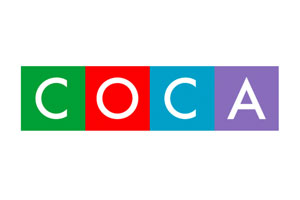The spookiest time of the year is nearly here, but the real fright-fest of Halloween aren’t the ghouls and goblins, but rather its negative impact on the environment. According to a recent study by the National Retail Foundation, Americans are spending a scary amount of money on the fan-favorite holiday, with an estimated $8.8 billion expected to spirit away from consumers’ bank accounts this year alone.
Whether you’re deciding on costumes, buying candy, zipping between costume parties or hosting your own, there are a variety of ways to make your Halloween celebrations a little less frightening for the environment and to continue applying these strategies to the way you live every day. Here are some helpful tips to consider for turning your Halloween into “Hallow-green.”
- DIY Costumes – You’ll want to avoid buying store-bought costumes that are often made up of nonrecyclable, petro-chemical based plastic and synthetic fibers that release harmful toxins in their creation and breakdown. With a little creativity, boxes, paper bags, plastic water bottles and items around the house can be upcycled into costumes at little or no cost. If you’re looking for inspiration, be sure to check out Pinterest for countless ideas for turning different materials into homemade costumes. Going for a greener option this Halloween will ultimately help to improve the air quality.
- Host a Green Halloween Party – Consider sending out electronic invites to your Spooktacular event instead of paper to help keep the air clean by saving time, postage and trees. When shopping for supplies, look for recyclable or compostable plates, cups and utensils rather than the kind that end up in the trash, and put out recycling bins for any bottles and cans. Take your party to the next level by turning out the lights and lighting some candles – it’ll save energy and add to the spooky atmosphere!
- Green Up Your Halloween Pumpkins – Don’t let your jack-o’-lantern end up in a landfill once Halloween is over. Remember to compost your pumpkins to reduce harmful greenhouse gas emissions that result from rotting in landfills. Once you’ve carved your pumpkin, save the pulp from inside for pies, muffins, soup and other tasty recipes, as well as the seeds that make for a great fall snack when roasted with a little oil and salt!
- Hit the Streets for Trick or Treat – Rather than drive to other neighborhoods to take the kids trick-or-treating, stick close to home this Halloween and walk from house to house to reduce fuel consumption and air pollution. If traveling by car is really the only way to join in the Halloween fun with your family or friends, try carpooling to do your share for cleaner air.
Do your part by making sustainable choices this Halloween and continue to lead an eco-friendly lifestyle to help people all across St. Louis breathe easier every day, not just on special occasions. To learn more about the link between living greener and our air quality, visit the tips section of our website, like us on Facebook or follow us on Twitter at @gatewaycleanair.



